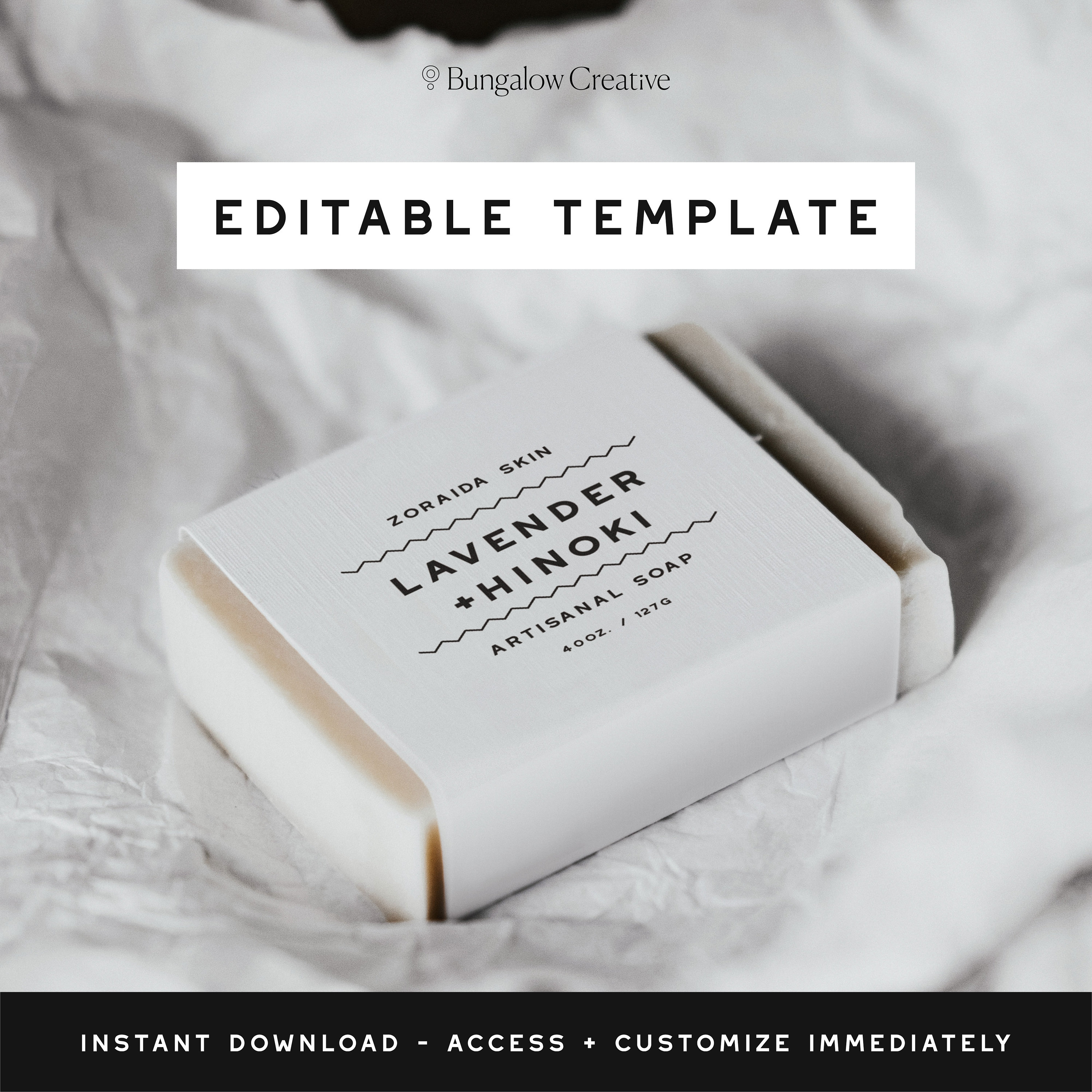Soap Making Materials
Soap Making Materials. Because rosin is relatively low in price, the cost of soap can be reduced by replacing grease with rosin. Polypropylene (no.5) plastic and stainless steel are the safest materials to mix your soap in.

Accurate measurement is key to successful soap making. Therefore, we are proud to be one of the most. 10% off our top 20 fragrances!
You can influence sight, smell and touch (three of the five senses) using these soap making materials and additives.
You need a heat source to melt your soap, so a double boiler is ideal. Many recipes for soaps require a 40% lye concentration dissolved in water. Protect your eyes and hands from the lye solution and.
Make sure your container of choice has a pouring lip (for jugs), or a fine edge (for buckets) to ensure that your soap will pour cleanly without spilling down the side of the container.
Because rosin is relatively low in price, the cost of soap can be reduced by replacing grease with rosin. The scale is for measuring everything including the oils, lye, fragrance, additives, and even your water. There are four basic raw materials involved in the manufacturing of soap and also there are three basic process methods that are used.
Soap is an item of daily necessity as a cleaning agent.
Follow this list to know the important supplies for soapmaking. The chemistry store is the leading supplier of quality soap making supplies at wholesale prices. Therefore, we are proud to be one of the most.
When the soap is fully melted you can add fragrance, color, and additives.
Mix, swirl or contrast your. Accurate measurement is key to successful soap making. Colorants, essential oils and (ground materials).
In soap making terms, this is called trace.
Oatmeal milk and honey fragrance oil. You can use candy molds, candle molds, or any flexible item as a mold. Mix the lye solution with the liquid oils and stir until they thicken.

0 Response to "Soap Making Materials"
Post a Comment